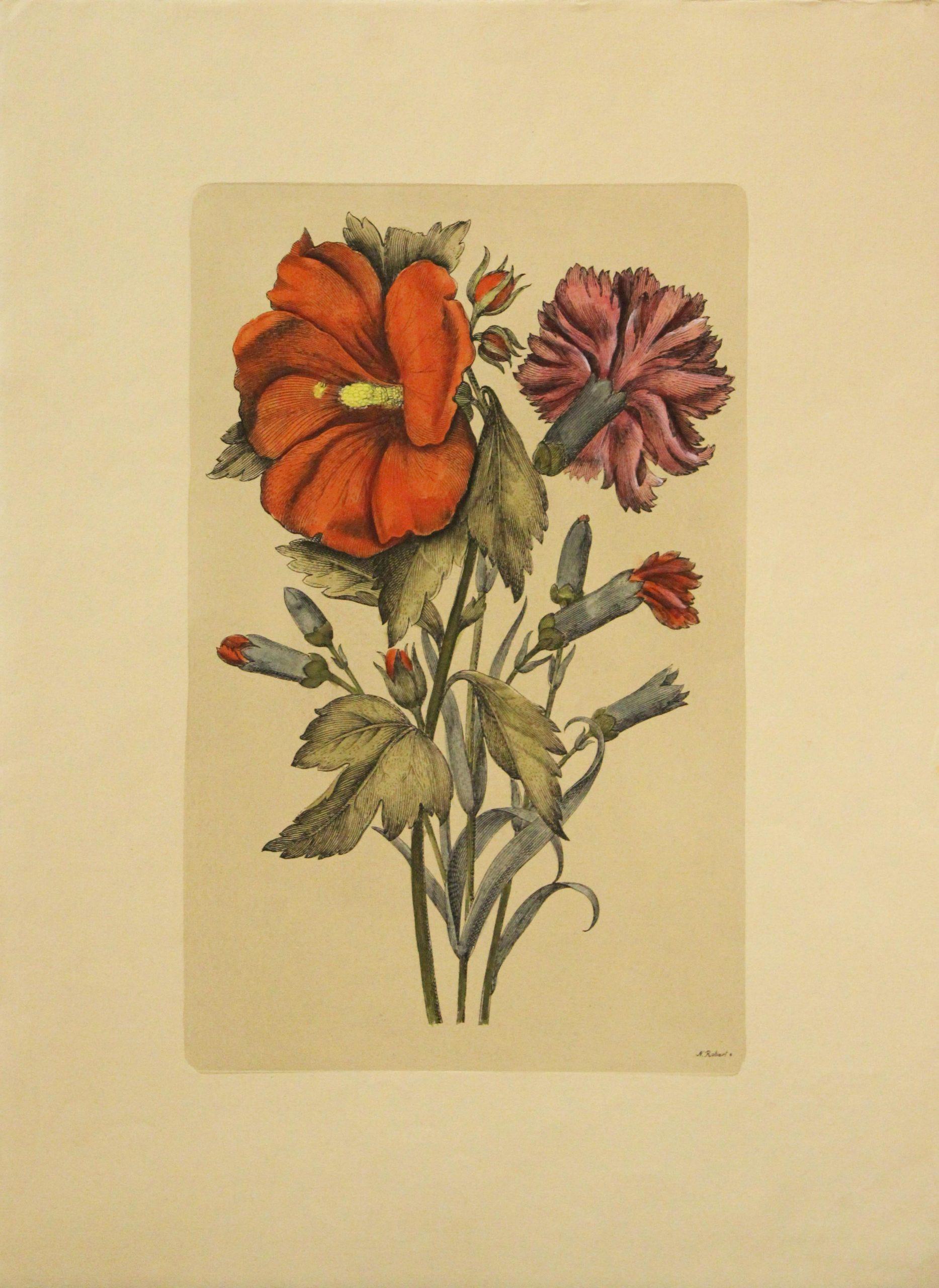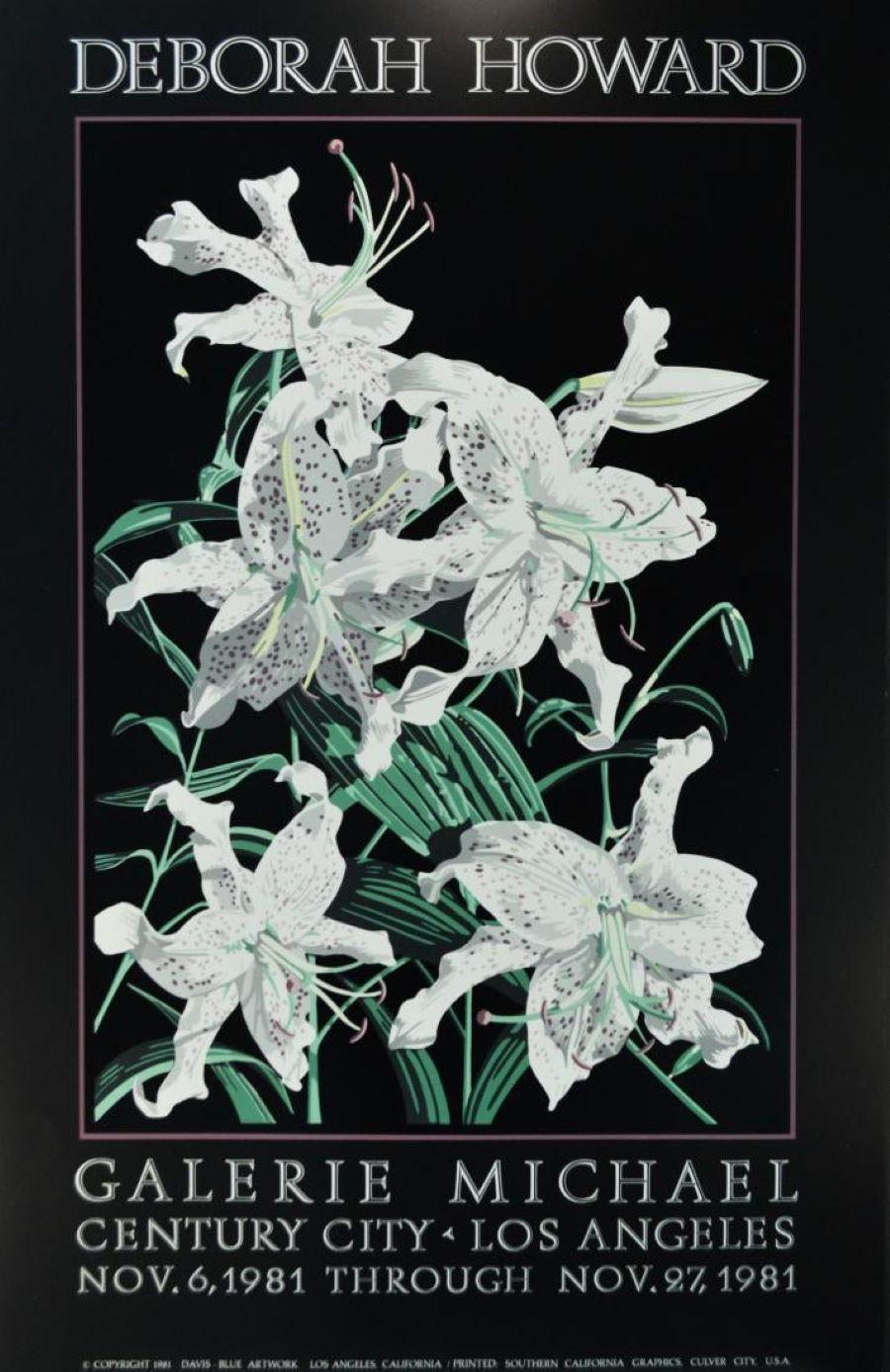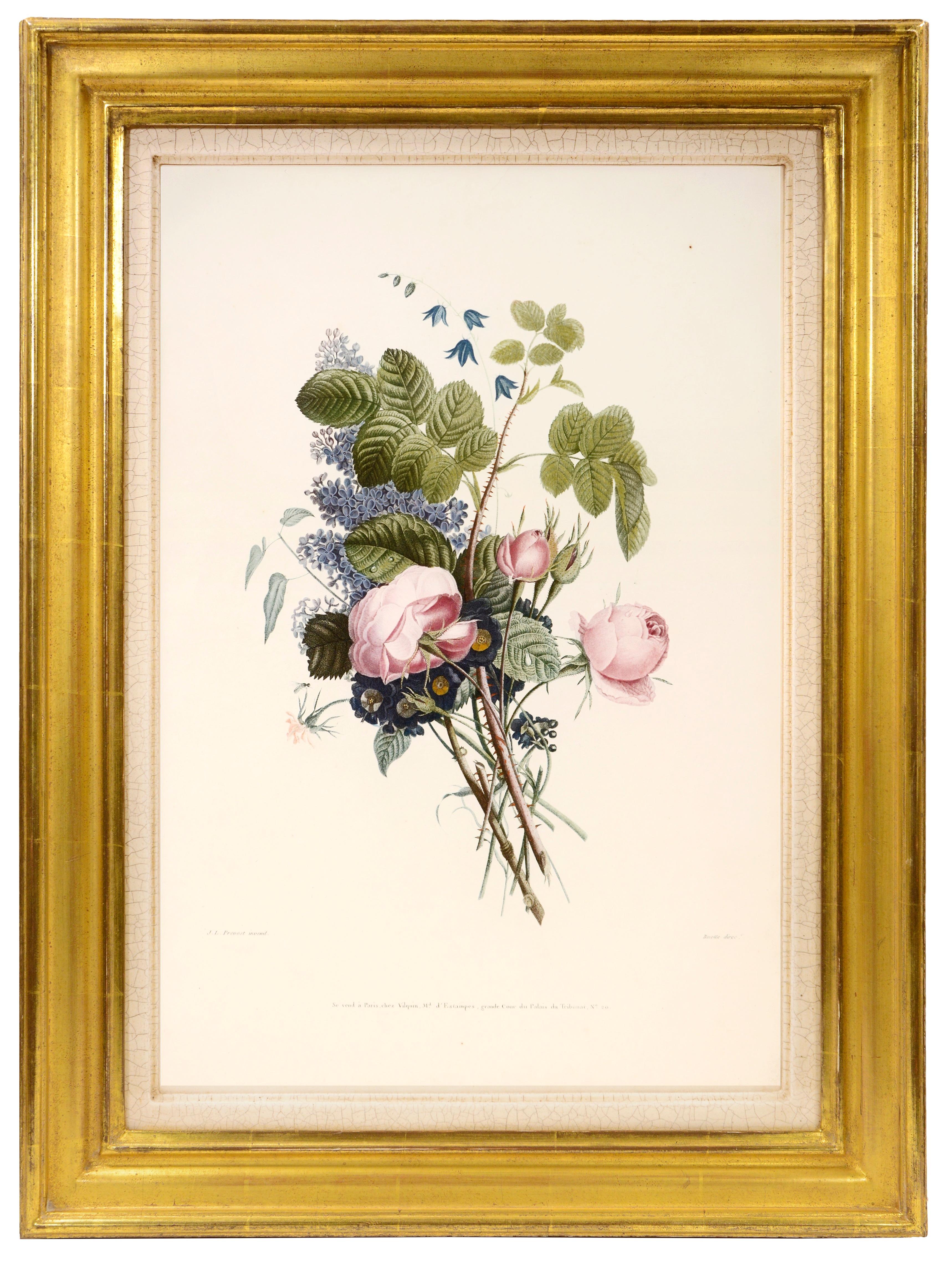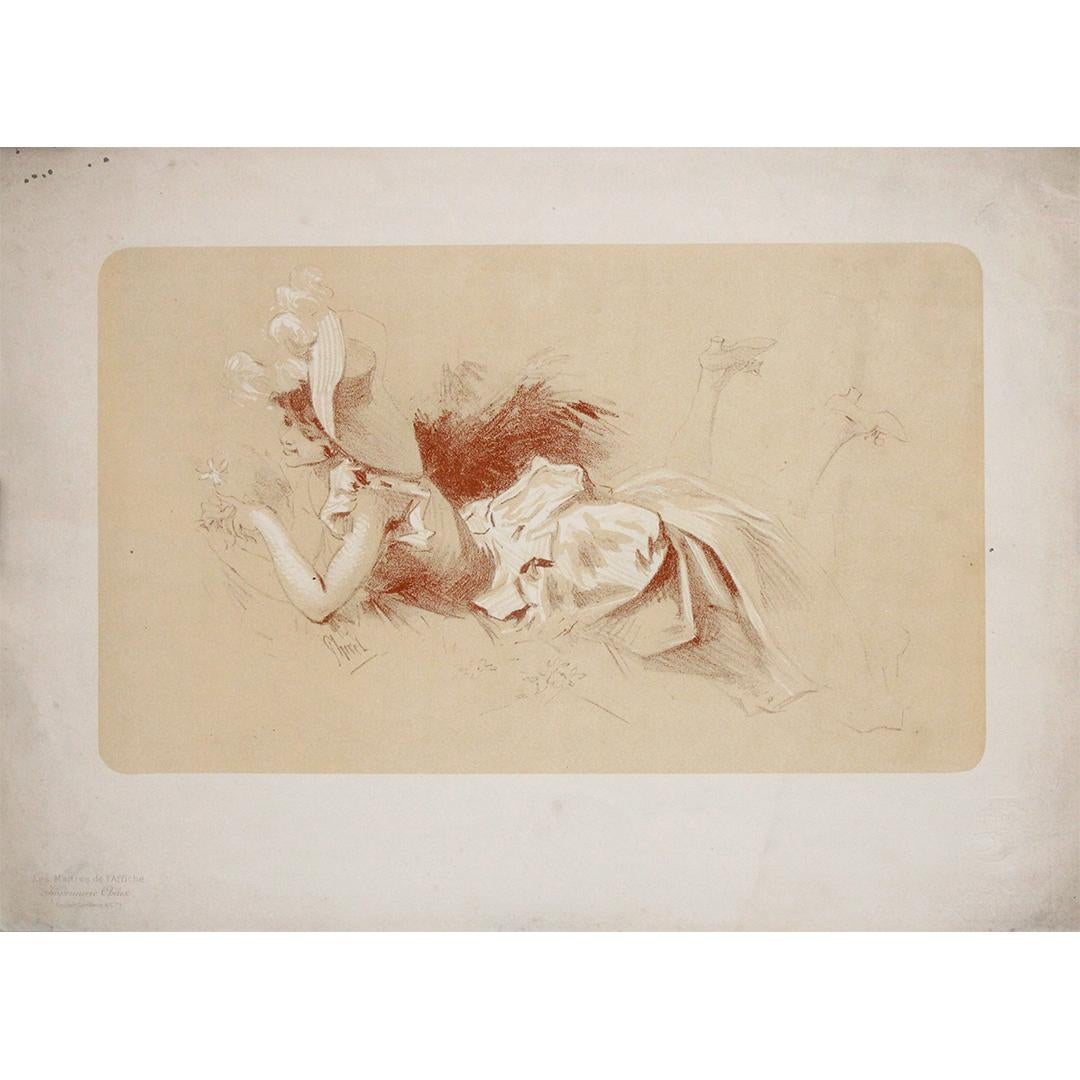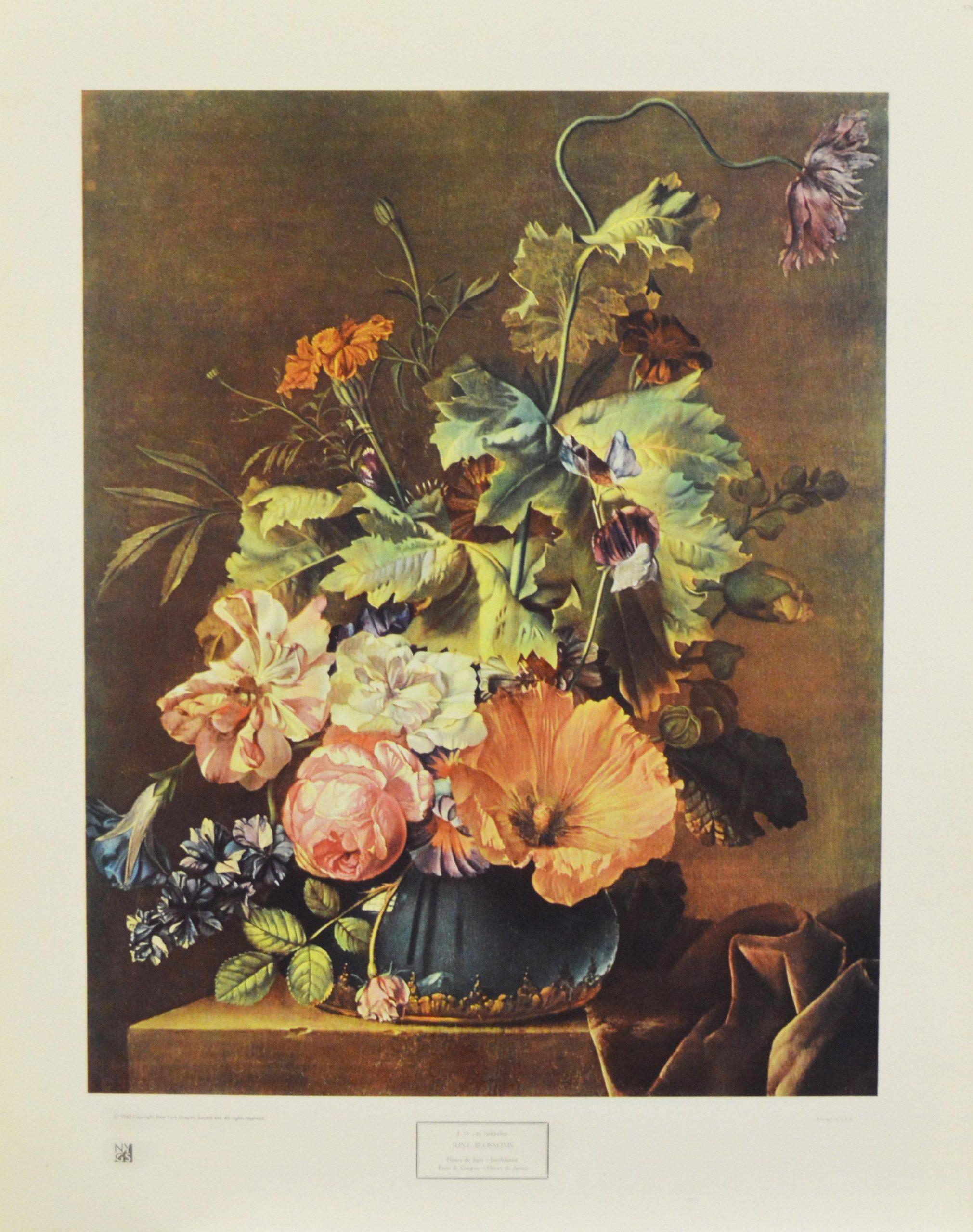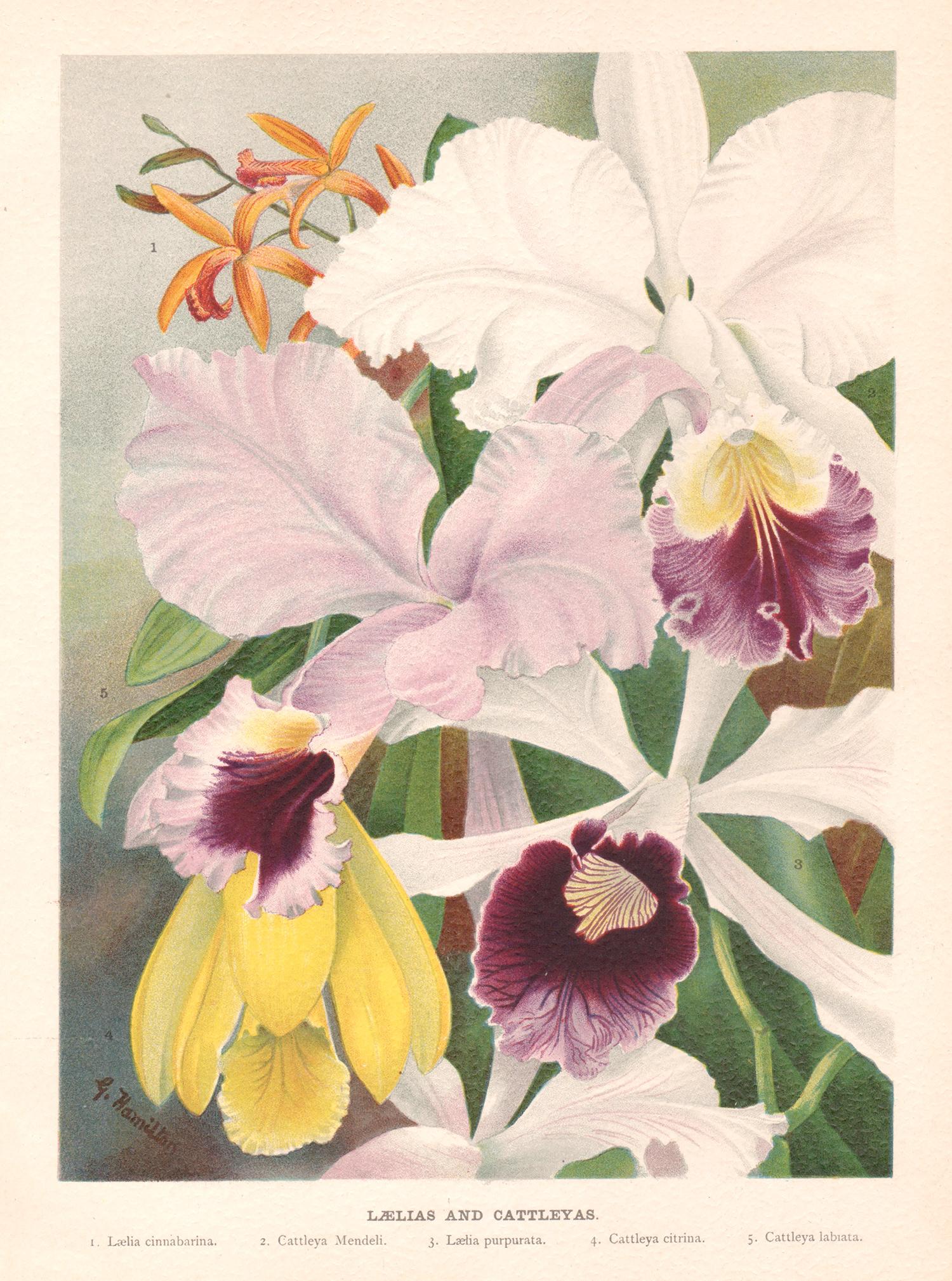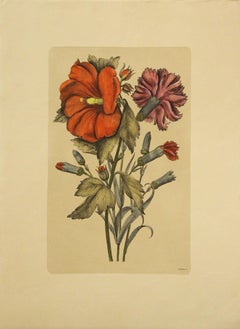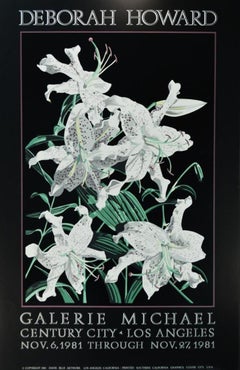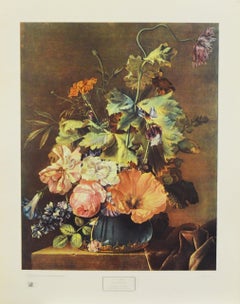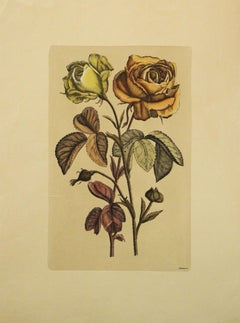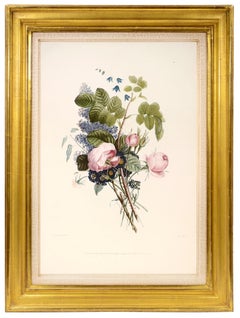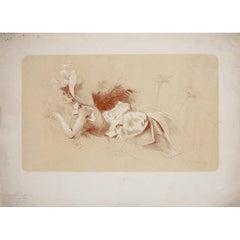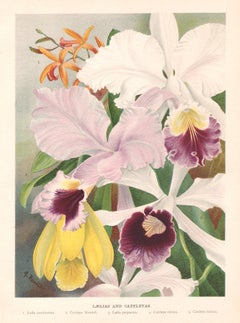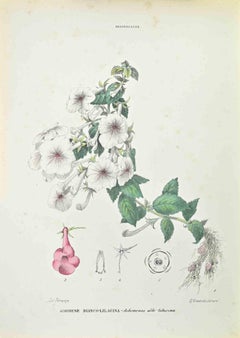Items Similar to The White Prince-Poster. New York Graphic Society. Lithographed in USA
Want more images or videos?
Request additional images or videos from the seller
1 of 7
Paul de LongpreThe White Prince-Poster. New York Graphic Society. Lithographed in USAUnknown
Unknown
$180
$22520% Off
£137.78
£172.2320% Off
€158.15
€197.6920% Off
CA$257.17
CA$321.4720% Off
A$282.21
A$352.7620% Off
CHF 146.12
CHF 182.6520% Off
MX$3,378.27
MX$4,222.8320% Off
NOK 1,833.17
NOK 2,291.4720% Off
SEK 1,724.66
SEK 2,155.8320% Off
DKK 1,181.32
DKK 1,476.6520% Off
About the Item
PAUL DE LONGPRÉ (French, 1855-1911)
The White Prince
Poster/Print
22 x 17 in. Unframed
Plate signed
Copyright New York Graphic Society. Lithographed in USA. No. 4362.
Good Condition-creasing/discoloration consistent with age and handling.
- Creator:Paul de Longpre (1855 - 1911)
- Creation Year:Unknown
- Dimensions:Height: 22 in (55.88 cm)Width: 17 in (43.18 cm)
- Medium:
- Period:
- Framing:Framing Options Available
- Condition:
- Gallery Location:Chesterfield, MI
- Reference Number:1stDibs: LU126317525622
About the Seller
4.8
Vetted Professional Seller
Every seller passes strict standards for authenticity and reliability
Established in 2013
1stDibs seller since 2019
336 sales on 1stDibs
Typical response time: 1 to 2 days
- ShippingRetrieving quote...Shipping from: Chesterfield, MI
- Return Policy
Authenticity Guarantee
In the unlikely event there’s an issue with an item’s authenticity, contact us within 1 year for a full refund. DetailsMoney-Back Guarantee
If your item is not as described, is damaged in transit, or does not arrive, contact us within 7 days for a full refund. Details24-Hour Cancellation
You have a 24-hour grace period in which to reconsider your purchase, with no questions asked.Vetted Professional Sellers
Our world-class sellers must adhere to strict standards for service and quality, maintaining the integrity of our listings.Price-Match Guarantee
If you find that a seller listed the same item for a lower price elsewhere, we’ll match it.Trusted Global Delivery
Our best-in-class carrier network provides specialized shipping options worldwide, including custom delivery.More From This Seller
View All(Title Unknown)-Botanical Print. Printed in Italy.
By Nicholas Robert 1
Located in Chesterfield, MI
Botanical Print. Plate-signed. Measures 22.50 x 16.375 in. Unframed. Printed in Italy. Good Condition.
Category
Late 20th Century Still-life Prints
Materials
Lithograph
$120 Sale Price
20% Off
Poster-Galerie Michael. Century City, Los Angeles
Located in Chesterfield, MI
Poster-Century City, Los Angeles. Nov. 6, 1981 through Nov. 27, 1981. Publishing Information: Southern California Graphics, Culver City. Copyright 1981 Da...
Category
1980s Still-life Prints
Materials
Lithograph
$100 Sale Price
20% Off
June Blossoms-Poster. 1942 New York Graphic Society, Ltd. Printed in USA.
Located in Chesterfield, MI
J.M. VAN NIKKELEN (Dutch, 1680-1749)
Poster
25 x 20 in. Unframed
Copyright 1942 New York Graphic Society, Ltd. Printed in USA.
Good/Fair Condition-signs of wear (i.e. discoloration...
Category
1940s Still-life Prints
Materials
Lithograph
(Title Unknown)-Botanical Print. Printed in Italy
By Nicholas Robert 1
Located in Chesterfield, MI
Botanical Print. Plate-signed. Measures 22.25 x 16.375 in. Unframed. Printed in Italy. Good/Fair Condition. Paper border shows signs of age and handling. Image has an imperfection/cr...
Category
Late 20th Century Still-life Prints
Materials
Lithograph
$120 Sale Price
20% Off
Poster-Talmadge Gallery, 1981
By William Todd Haile
Located in Chesterfield, MI
Poster-Talmadge Gallery, 1981. Plate signed. Publishing Information: Up Front Graphics, San Diego, California, 1981. Measures 36 x 20 in. Unframed. Fair/Distressed Condition-shows si...
Category
1980s Still-life Prints
Materials
Lithograph
$100 Sale Price
20% Off
“Still Life” Poster. Copyright 1970 New York Society Ltd.
Located in Chesterfield, MI
HENRI-HORACE ROLAND DE LA PORTE (French, 1724-1793). Poster. Measures 25 x 28.75 in. Unframed. Copyright 1970 New York Society Ltd. Printed in U.S.A. Image is in Excellent/Good Condi...
Category
1970s Still-life Prints
Materials
Screen
You May Also Like
PRÉVOST. Print from Collection des Fleurs et des Fruits
By Jean Louis Prévost
Located in London, GB
Original stipple engraving by Charles-Louis Ruotte, printed in colour and finished by hand.
[Paris, 1805]
Prévost came from a long line of French artists spanning 400 years. Jean-...
Category
Early 1800s Naturalistic Still-life Prints
Materials
Color, Engraving, Handmade Paper
1898 original lithograph by Jules Chéret Spring Flower Les Maîtres de l’Affiche
By Jules Chéret
Located in PARIS, FR
This original lithograph by Jules Chéret, titled Spring Flower, was published in 1898 as Supplément Plate 5 in Les Maîtres de l’Affiche. Executed in delicate sanguine tones, the comp...
Category
1890s Prints and Multiples
Materials
Paper, Lithograph
Laelias and Cattleyas, English antique flower orchid chromolithograph, 1896
Located in Melbourne, Victoria
'Laelias and Cattleyas'
Flowers are numbered with a key to the varieties below the image.
Antique English flower botanical chromolithograph.
Category
Late 19th Century Naturalistic Still-life Prints
Materials
Lithograph
White-Lilac Achimene - Lithograph by Vincenzo Tenore - 1870s
Located in Roma, IT
Lithograph hand watercolored.
Belongs to the Series "Atlante di Botanica popolare ossia Illustrazione di Piante Notevoli di ogni famiglia" (Atlas of popular botany or illustration o...
Category
1870s Modern Figurative Prints
Materials
Lithograph
Orchids" Framed 19th C. Hand-Colored Engraving of "Lycaste Skinneri" by Fitch
By John Nugent Fitch
Located in Alamo, CA
This beautiful, original hand-colored orchid lithograph entitled "Lycaste Harrisoniae Eburnea" Orchids by John Nugent Fitch is plate 100 in Robert Warner's publication 'The Orchid Al...
Category
1880s Naturalistic Still-life Prints
Materials
Engraving
PRÉVOST. Print from Collection des Fleurs et des Fruits
By Jean Louis Prévost
Located in London, GB
Original stipple engraving by Charles-Louis Ruotte, printed in colour and finished by hand.
[Paris, 1805]
Prevost's "Collection des Fleurs et Fruits...
Category
Early 1800s Naturalistic Still-life Prints
Materials
Color, Engraving, Handmade Paper
More Ways To Browse
Prince Vintage Poster
Wood Cube Sculpture
1880 Large Oil Paintings
Abstract Reclining Sculpture
Agustin Cardenas
Anne De Villemejane
Astronaut Sculpture
Bamboo Pen
Bill Hemmerling
Blue Dog Original
Boy Horse
Brandon V Lewis
Bronze Of Ballet Dancers
Bronze Round Sculptures
Bruno Helgen
Bry Paris
Camel Oil Painting
Cavalier King Charles Oil Painting
